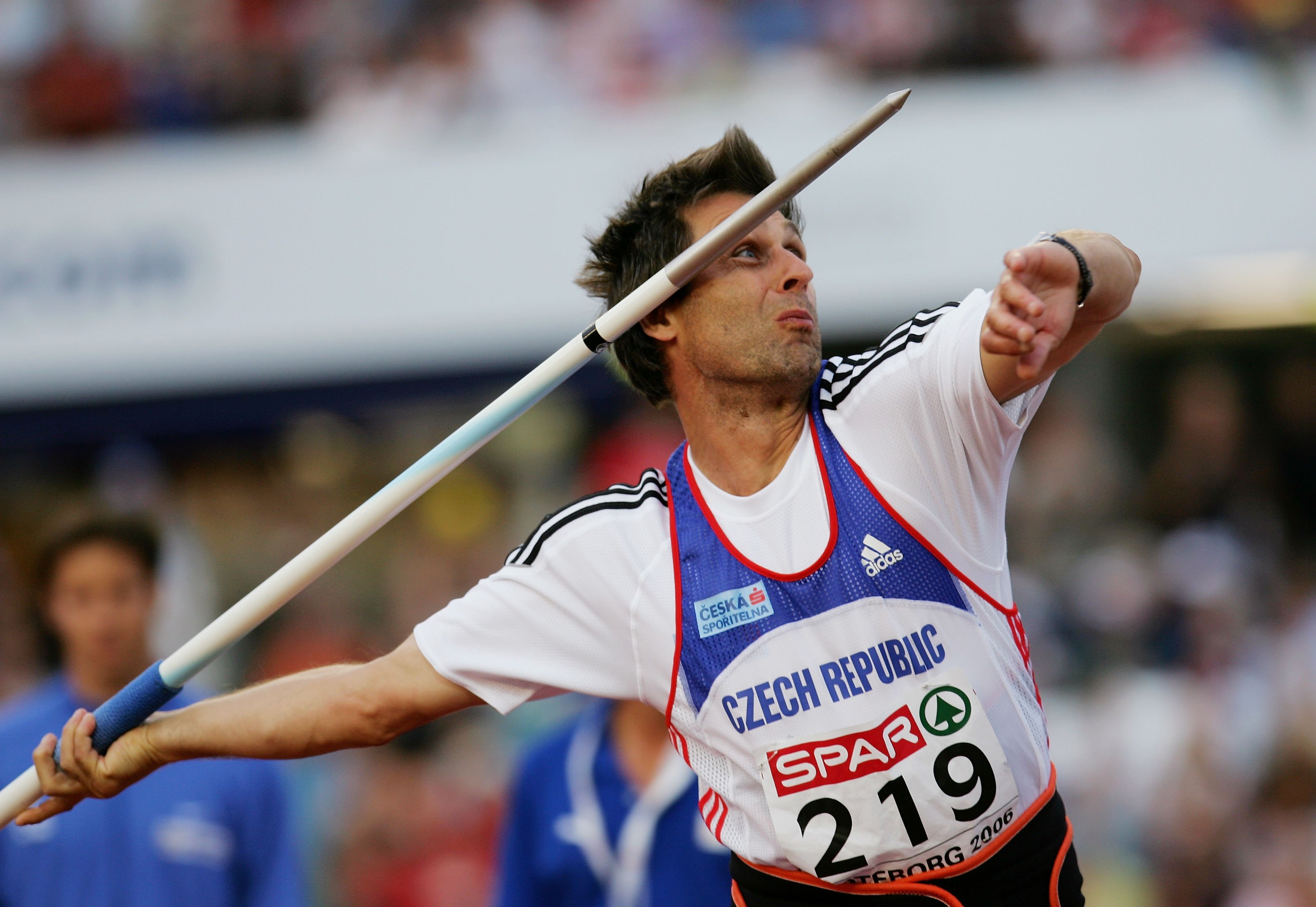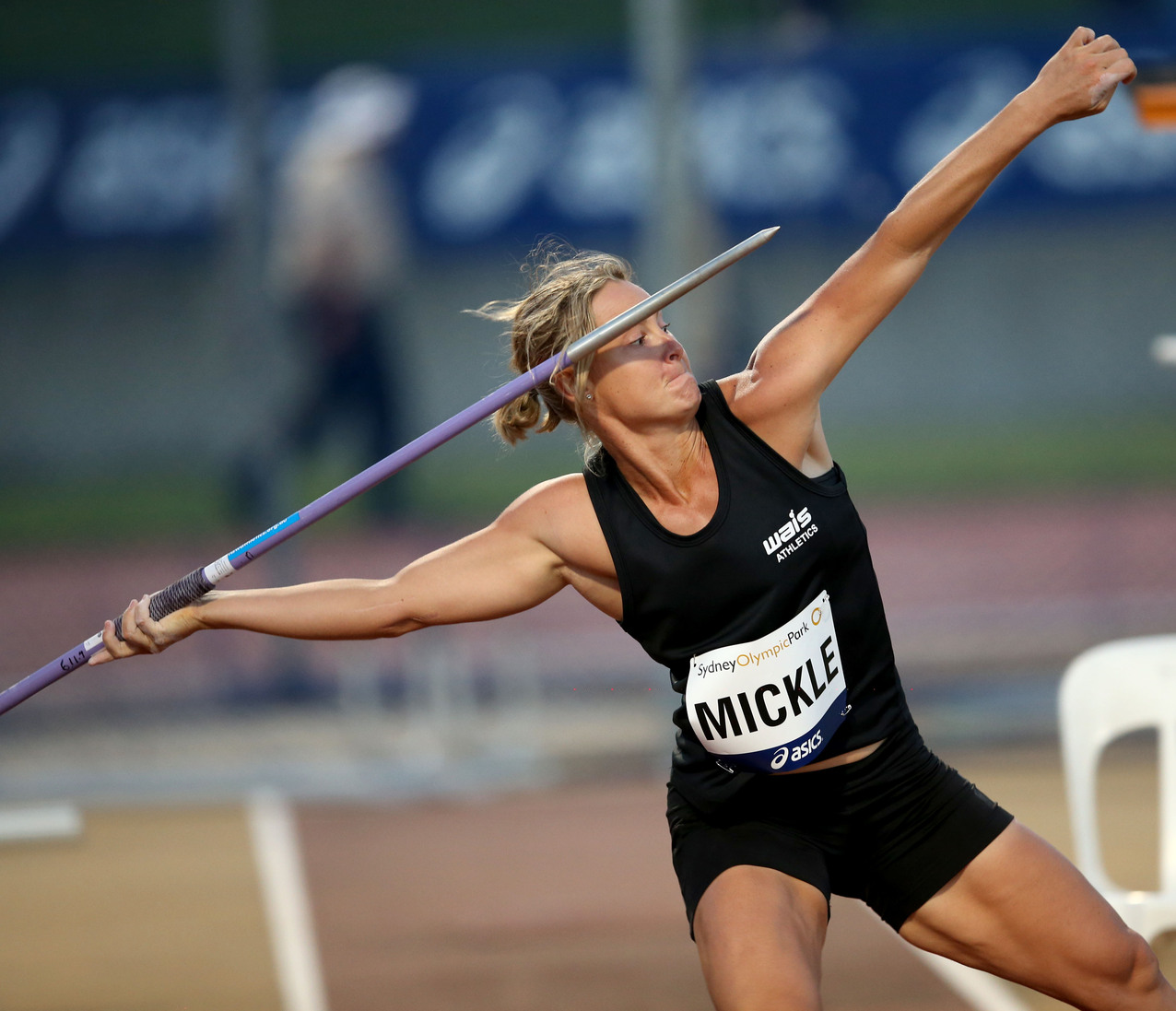History and Evolution of Men’s Javelin Throw

The men’s javelin throw has a long and rich history, dating back to ancient times. Its evolution as a sport has been marked by significant rule changes, advancements in javelin design, and the emergence of legendary athletes who have pushed the boundaries of human performance.
Origins and Early History, Men’s javelin throw
The javelin throw has roots in ancient hunting and warfare, where it was used as a weapon for both offense and defense. Early forms of the javelin throw were likely practiced by various cultures around the world, with evidence suggesting its use in ancient Egypt, Greece, and Rome.
Ancient Greece and the Olympic Games
The javelin throw was a prominent event in the ancient Olympic Games, held in Olympia, Greece. The earliest recorded javelin throw competition took place in 708 BC. The ancient Greeks viewed the javelin throw as a test of strength, skill, and athleticism.
Modernization and the Emergence of Modern Rules
The modern javelin throw emerged in the 19th century, with the development of standardized rules and competitions. The first official javelin throw competition was held in 1870 in England. In the early days of the sport, the javelin was made of wood and had a leather tip. The javelin throw was included in the first modern Olympic Games in Athens in 1896.
Key Rule Changes and Advancements in Javelin Design
The rules and design of the javelin have evolved significantly over time. The most notable changes include:
- The Center of Gravity Shift: In 1986, a major rule change was implemented, shifting the javelin’s center of gravity forward. This change was intended to reduce the distance of throws and make the sport safer for athletes. The rule change had a significant impact on the sport, resulting in a decrease in the world record distance.
- Javelin Design: The design of the javelin has also undergone significant changes over time. Early javelins were made of wood, but modern javelins are made of metal and have a more aerodynamic design.
- Materials and Aerodynamics: The use of modern materials, such as aluminum and fiberglass, has led to the development of lighter and more aerodynamic javelins. These advancements have allowed athletes to throw the javelin farther and with greater accuracy.
Notable Athletes and Records
The men’s javelin throw has produced many legendary athletes who have set world records and inspired generations of throwers. Some of the most notable athletes include:
- Finnur Hjalmarsson (Finland): Held the world record for 20 years (1919-1939), reaching 71.89 meters.
- Steve Backley (Great Britain): Held the world record for 12 years (1990-2002), reaching 91.46 meters.
- Jan Železný (Czech Republic): Holds the current world record of 98.48 meters, set in 1996.
Technique and Biomechanics of Men’s Javelin Throw

The men’s javelin throw is a complex and dynamic event that requires a perfect blend of strength, speed, and technique. Athletes must efficiently transfer their body’s energy into the javelin, propelling it through the air for maximum distance. The technique involves a series of distinct phases, each with specific biomechanical principles that contribute to the overall performance.
Phases of the Javelin Throw
The javelin throw is broken down into five distinct phases: grip, run-up, plant, throw, and follow-through. Each phase builds upon the previous one, creating a chain reaction of momentum and force transfer that ultimately results in the javelin’s release.
- Grip: The athlete holds the javelin with a firm grip, using the index and middle fingers to secure the javelin’s shaft, while the thumb and remaining fingers provide support. This grip ensures stability and control during the throw. The grip should be positioned at the javelin’s center of gravity, which is typically around 10-12 cm from the tip, to achieve optimal balance and stability.
- Run-up: The run-up is a controlled acceleration phase where the athlete builds momentum and prepares for the throw. The athlete starts with a few strides, gradually increasing speed and then transitioning into a powerful, rhythmic run. The run-up is crucial for generating the initial kinetic energy that will be transferred to the javelin. During the run-up, the athlete’s body acts as a pendulum, with the javelin extending behind the body. The run-up should be smooth and efficient, allowing for maximum energy transfer.
- Plant: The plant marks the transition from the run-up to the throw. The athlete’s supporting leg, typically the left leg for right-handed throwers, plants firmly on the ground, creating a stable base for the throw. The plant is crucial for transferring momentum from the run-up to the throwing motion. The athlete’s body should be positioned in a near-horizontal position, with the javelin extended behind the body, ready for the throw.
- Throw: The throw is the core of the javelin throw, where the athlete transfers the stored energy from the run-up into the javelin. The athlete’s throwing arm rotates rapidly, bringing the javelin forward and upward. The athlete’s core muscles engage to generate power and torque, while the throwing arm acts as a whip, propelling the javelin with maximum force. The throw is a complex motion involving multiple muscle groups working in unison, and the athlete’s technique and timing are critical for achieving optimal performance.
- Follow-through: The follow-through is the final phase of the throw, where the athlete continues their throwing motion after the javelin is released. The follow-through helps to maintain momentum and ensures a smooth and controlled release. The athlete’s body rotates and extends forward, with the throwing arm continuing its arc. The follow-through is essential for maximizing distance and preventing injuries. The athlete’s body should remain balanced and controlled throughout the follow-through, with the throwing arm finishing in a natural position.
Biomechanics of the Javelin Throw
The biomechanics of the javelin throw are complex, involving the interplay of multiple forces, angles, and movements. The goal is to maximize the javelin’s velocity and release angle to achieve maximum distance.
- Force Production: The javelin throw relies on the athlete’s ability to generate and transfer force efficiently. The athlete’s muscles, particularly the legs, core, and throwing arm, work together to produce the force needed to propel the javelin. The athlete’s body acts as a lever system, with the muscles acting as the force generators and the bones acting as the levers. The athlete’s technique and timing are crucial for maximizing force production and transferring it effectively to the javelin.
- Momentum Transfer: Momentum is a measure of an object’s mass in motion. In the javelin throw, the athlete must transfer momentum from their body to the javelin. The run-up is essential for generating momentum, and the plant helps to transfer that momentum to the throwing motion. The athlete’s body acts as a system of rotating masses, with the javelin being the final mass to be accelerated. The athlete’s technique and timing are crucial for ensuring efficient momentum transfer.
- Body Positioning: The athlete’s body positioning is crucial for achieving optimal force production and momentum transfer. During the run-up, the athlete’s body acts as a pendulum, with the javelin extending behind the body. This positioning allows for the storage of potential energy, which is then released during the throw. During the throw, the athlete’s body rotates and extends, with the throwing arm acting as a whip. This rotation and extension create a powerful force that propels the javelin. The athlete’s body should be balanced and controlled throughout the throw, with the throwing arm finishing in a natural position.
Key Muscles Involved in the Javelin Throw
| Phase | Muscle | Role |
|---|---|---|
| Grip | Flexor digitorum superficialis | Flexes the fingers |
| Flexor digitorum profundus | Flexes the fingers | |
| Extensor digitorum | Extends the fingers | |
| Pronator teres | Pronates the forearm | |
| Run-up | Quadriceps femoris | Extends the knee |
| Gluteus maximus | Extends the hip | |
| Hamstrings | Flexes the knee and extends the hip | |
| Gastrocnemius and soleus | Plantar flexes the foot | |
| Erector spinae | Extends the spine | |
| Abdominal muscles | Flexes the spine | |
| Plant | Quadriceps femoris | Extends the knee |
| Gluteus maximus | Extends the hip | |
| Gastrocnemius and soleus | Plantar flexes the foot | |
| Throw | Latissimus dorsi | Extends, adducts, and internally rotates the shoulder |
| Pectoralis major | Flexes, adducts, and internally rotates the shoulder | |
| Deltoid | Abducts, flexes, and extends the shoulder | |
| Rotator cuff muscles | Stabilize the shoulder joint | |
| Triceps brachii | Extends the elbow | |
| Core muscles | Generate torque and power | |
| Obliques | Rotate the torso | |
| Follow-through | Latissimus dorsi | Extends, adducts, and internally rotates the shoulder |
| Pectoralis major | Flexes, adducts, and internally rotates the shoulder | |
| Deltoid | Abducts, flexes, and extends the shoulder | |
| Rotator cuff muscles | Stabilize the shoulder joint |
The men’s javelin throw is a test of power, precision, and athleticism. While athletes like grace nickels dominic fike might be known for their musical talents, the javelin throw demands a different kind of artistry – the ability to channel strength into a graceful, soaring flight.
It’s a sport that combines raw power with finesse, making it a thrilling spectacle to watch.
The men’s javelin throw demands a perfect blend of power, precision, and technique. It’s a sport that embodies the raw athleticism of a champion, much like the musical artistry of dominic fike hunter. Just as a javelin soars through the air, his music captivates listeners, leaving an unforgettable impact.
Whether you’re a fan of the javelin throw or a lover of music, the thrill of a perfect launch or a captivating melody transcends boundaries.
